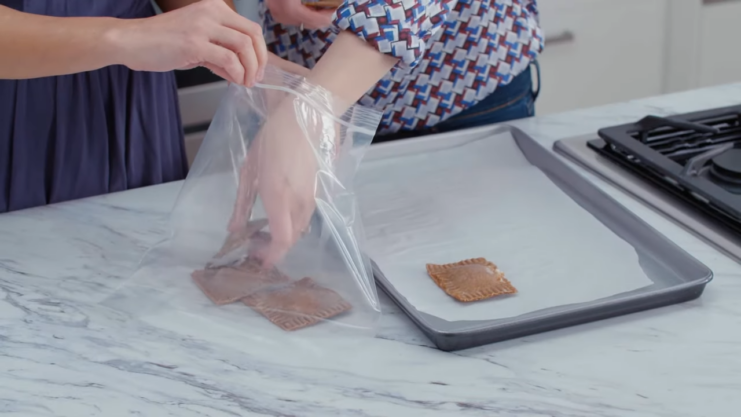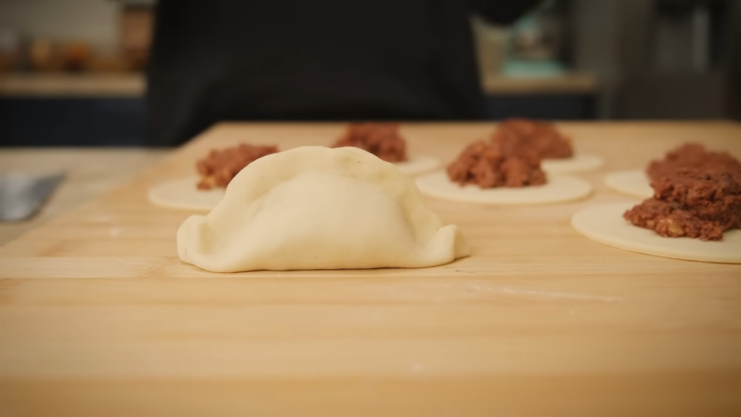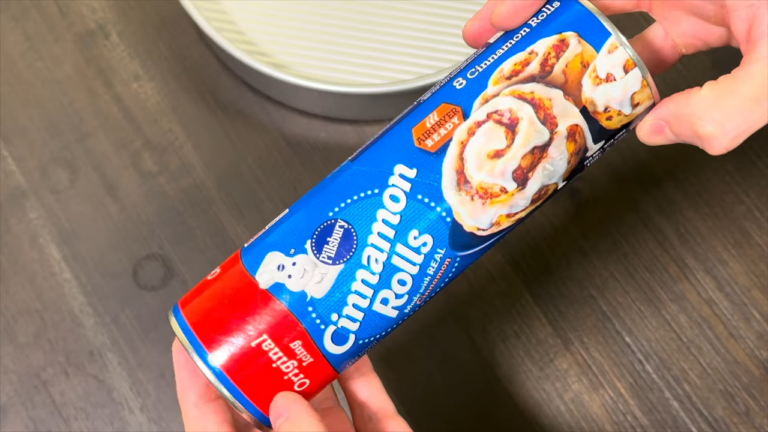I love making ravioli because of their versatility. There are so many recipes you can make. But there is one thing I struggled with.
Think about how many times you stored them only to find them soggy after a day or two. What a disappointment.
To tackle this issue, I’ve researched a topic a bit and found some results that can help with this issue.
Should You Freeze Fresh Ravioli?

The freezer is your best friend if you wish to keep your meal fresh.
Freezing not only preserves the meal but also prevents the dreaded sogginess that can ruin its delicate texture, whether it’s a hearty stew or even something like queso fresco.
Read on to find out how to flash-freeze for maximum freshness.
Here’s what you should do:
| Step | Action | Details |
|---|---|---|
| Spread Them Out | Place fresh ravioli in a single layer on a baking tray. | Ensure they’re not touching to prevent sticking together. |
| Freeze | Pop the tray into the freezer. | Keep the tray in the freezer for a few hours until the ravioli are completely frozen. |
| Transfer to Freezer Bag | Transfer the frozen ravioli to a freezer bag. | Squeeze out as much air as possible before sealing to prevent freezer burn. |
| Label and Freeze | Write the date on the freezer bag and store in the freezer. | Properly labeled, frozen ravioli can last 1-2 months in the freezer while maintaining quality. |
Handling Store-Bought Ravioli

When buying ravioli from a store, you’ll need to follow a couple of simple instructions to keep them fresh.
- Store-bought ones can last 2-3 days past the sell-by date if unopened and stored in the refrigerator.
- Once opened, consume fresh ravioli within 3-4 days for the best quality. Keep them in their original packaging or transfer them to an airtight container.
Why Refrigeration Isn’t Ideal

Refrigerating fresh ravioli is generally not recommended. The moist environment of the fridge can make the pasta become sticky and soggy, significantly affecting its texture and cooking quality. If you must refrigerate them (for a very short period), ensure they are in a single layer.
Cover it with a dry paper towel, and store it in an airtight container to minimize moisture exposure.
Fun Fact: National Ravioli Day is celebrated on March 20th in the United States. This day is dedicated to enjoying and appreciating the wide variety of ravioli fillings and forms, from traditional cheese and meat to more inventive and gourmet options.
Wondering How to Make Them Perfect?

Here are some tips for making sure your ravioli are fresh, tasty, and at the right temperature.
| Tip | Description |
|---|---|
| Avoid Clumping | Ensure ravioli aren’t touching when freezing to prevent them from sticking together. |
| Maximize Freshness | Use a vacuum sealer for the freezer bags if available. This removes the air and extends shelf life. |
| Reheating | Cooked frozen ravioli can be boiled straight from the freezer, adding a minute or two to cooking time. |
| Serving Suggestion | Refresh the flavors of refrigerated or thawed ravioli by tossing them in a pan with butter or sauce. |
If you’re using tomato sauce, ensure it’s stored properly; typically, homemade tomato sauce can last in the fridge for about 5 to 7 days.
Related Posts:
- How To Store Brewed Coffee & Keep It Fresh: Preserve…
- Can You Freeze Queso Fresco? Tips & Much More!
- How to Use a Smoker Box Properly and Safely?
- Pit Boss 820 Review And Buying Guide 2023 - Easy Way…
- 6 Best Substitute For Dill In Pickles And Other Dishes
- Say Goodbye to Solidness - How To Keep Coconut Oil…












